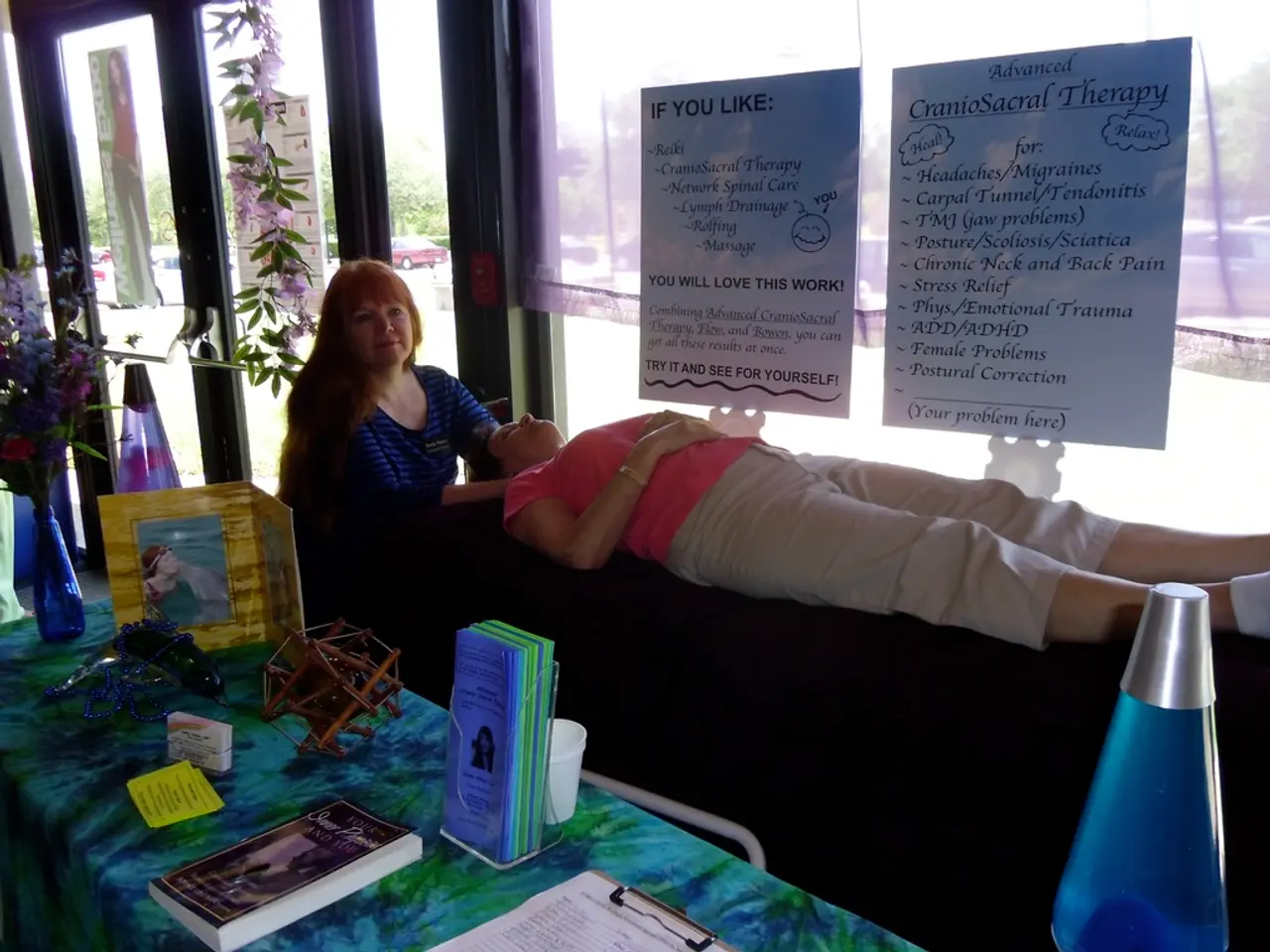Women's Depression Indicators: Symptoms and Recovery Strategies
Depression, a mental health condition that affects mood, is more prevalent among women, with statistics suggesting that they are nearly twice as likely to experience it compared to men. This disparity is due to a combination of complex biological and social factors.
Women typically exhibit emotional symptoms such as persistent sadness, feelings of guilt, worthlessness, frequent crying, and physical complaints like fatigue and headaches. These symptoms are often influenced by hormonal changes, such as menstruation, postpartum, and menopause, as well as social pressures like caregiving roles.
On the other hand, men's depression may manifest less through sadness and more through externalizing symptoms, like anger, irritability, frustration, risk-taking behaviors, and sometimes aggression. Men tend to suppress emotions more, and their depression might be harder to recognize due to stigma and cultural norms discouraging emotional expression.
A 2020 study suggests that due to traditional gender roles, it is more socially acceptable for women to cry and be vulnerable than it is for men. This could be one of the reasons why women may be more likely to openly express sadness than men.
Postpartum depression, a more intense and prolonged form of depression that can occur after giving birth, is more common than the "baby blues." Women who experience this condition may feel very sad and unmotivated, feel like a bad mother, disconnect from the baby, and have a desire to get away from or hurt the baby.
Gender-based discrimination and abuse, underdiagnosis, and underreporting may contribute to the higher depression rates among women. Risk factors for postpartum depression include a previous history of depression or other mental health conditions, a high-risk or traumatic pregnancy, having negative attitudes toward the pregnancy, financial problems, lack of social support, relationship problems, getting pregnant young, exposure to domestic violence, lack of decision-making power at home, and lack of partner support.
Males can also experience postpartum depression, although there has been less research on the topic. Nonbirthing partners can face stressors such as economic issues, sleep deprivation, and relationship challenges.
Premenstrual dysphoric disorder (PMDD) is a severe form of premenstrual syndrome that causes intense mood changes, including mood swings, depressed mood, difficulty concentrating, insomnia or excessive sleeping, physical symptoms such as bloating or headaches, and anxiety or feeling "on edge." PMDD is a specific cause of depression that only affects those who are females.
If someone thinks that a woman they know has depression, they can find advice on how to support them at Mental Health First Aid, a site run by the National Council for Mental Wellbeing. If you or someone you know is in crisis and considering suicide or self-harm, help is available 24/7 through the 988 Lifeline, Crisis Text Line, or local emergency services.
Early treatment may reduce the severity of depression, and anyone who feels they may have depression symptoms can consider speaking with a doctor or therapist. Understanding these gender-specific patterns helps improve early diagnosis and tailored treatment approaches for depression in men and women.
- Postpartum depression, a form of depression experienced by women after giving birth, can be more intense and prolonged compared to the common "baby blues."
- In addition to hormonal changes, social pressures, gender-based discrimination, and abuse may contribute to the high rates of depression among women.
- Premenstrual dysphoric disorder (PMDD), a severe form of premenstrual syndrome, is a specific cause of depression exclusive to females, causing intense mood swings and physical symptoms.
- Mental Health First Aid, a site run by the National Council for Mental Wellbeing, provides advice on how to support women who appear to have depression symptoms.
- Recognizing the gender-specific patterns of depression can lead to early diagnosis and tailored treatment approaches for mental health in women and men, reducing the severity of depression through early treatment.



